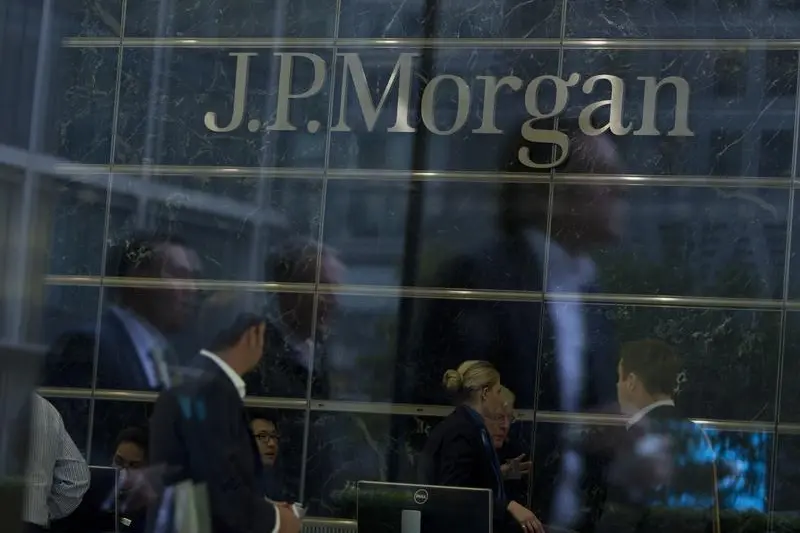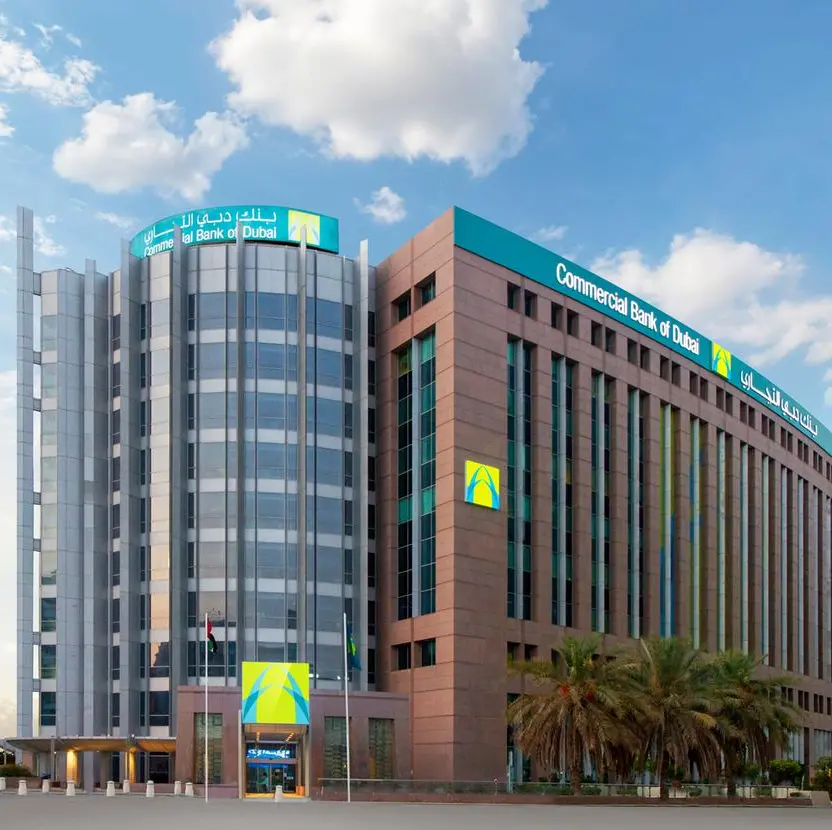PHOTO
NEW YORK (Reuters Breakingviews) - JPMorgan’s bankers have won the Wall Street pay game for 2018. Chief Executive Jamie Dimon’s firm is the only large U.S. financial group to report an increase in average compensation for investment bankers and traders last year. Its rivals, though, have little to grumble about.
Dimon’s troops got an average boost just shy of 1 percent to $188,000 in 2018, according to Breakingviews calculations using data from the bank’s quarterly earnings report. That amount doesn’t sound earth-shattering. But it includes businesses like lending and treasury services that generally pay less than capital-markets and trading units. What’s more, overall compensation outstripped the 5.3 percent growth in its revenue, leaving relatively less for other things, such as returns for shareholders.
The typically generous Jefferies got a bit less so. It slashed its overall pay and benefits by 5 percent and the portion each employee gets on average by almost 9 percent. The so-called compensation ratio is still high at 55 percent, though, and the average annual compensation per employee is an industry-beating $483,000.
Morgan Stanley had some funky pay issues in its fourth-quarter earnings on Thursday. The falling value of cash bonuses it invests and manages for its financial advisers knocked roughly $220 million off its top line, though the way such swings are accounted for means it doesn’t impact profit. But James Gorman’s firm still logged a higher compensation cost than last year. Combined with poor trading revenue, that contributed to the bank missing earnings estimates, prompting shareholders to erase as much as $4.1 billion in market value.
Overall, though, Morgan Stanley has the pay-and-benefits mix just right, as does rival Goldman Sachs. Both spent more on pay in absolute terms, but over 1 percent less as a share of their faster-growing revenue. The result was better for shareholders than for staff themselves because both banks added to their ranks: Average pay fell by 2 percent at Morgan Stanley to $292,000 and by 3 percent to $337,000 at Goldman.
For many outsiders, such payouts represent largesse no matter the differences. The share price for all four firms fell in 2018 - Goldman’s by more than one-third. Insiders, though, are already moving onto the next game: How much will the chief executive earn?
CONTEXT NEWS
- Morgan Stanley set aside $17.6 billion to cover 2018 compensation and benefits for its 60,348 employees, financial results published on Jan. 17 showed.
- That represented a 2.7 percent increase on 2017’s outlay, while revenue jumped 5.7 percent. Pay and benefits were equivalent to 44 percent of the company’s top line, down from just over 45 percent.
(Editing by John Foley and Martin Langfield)
© Reuters News 2019












